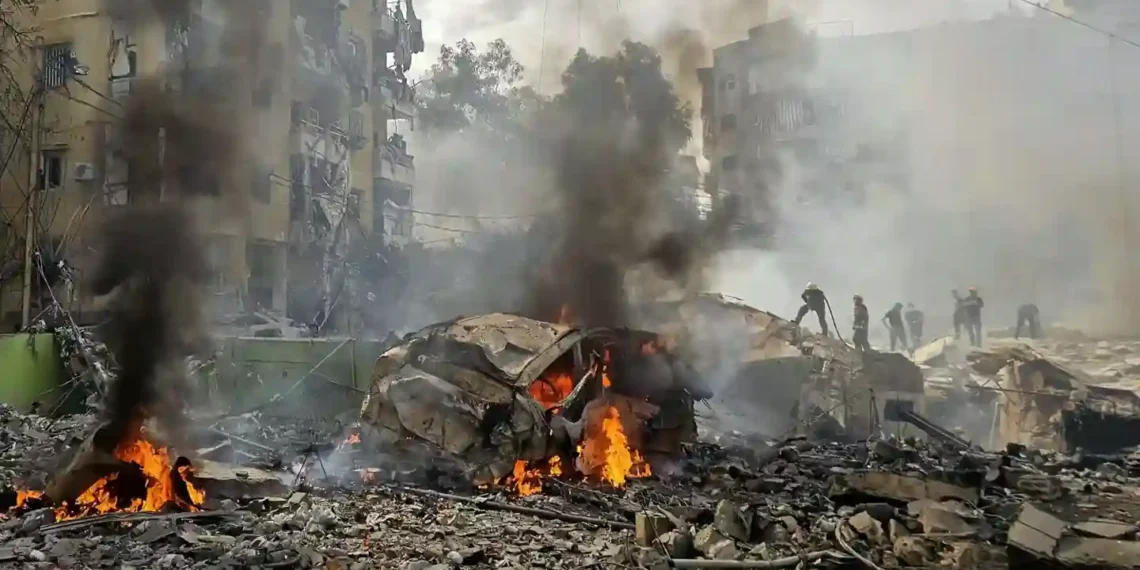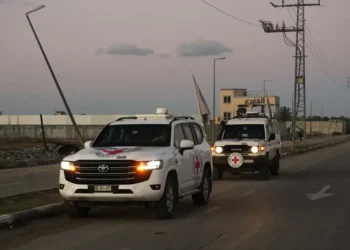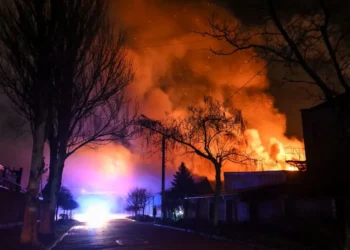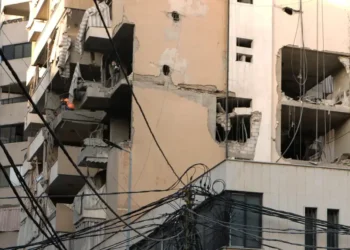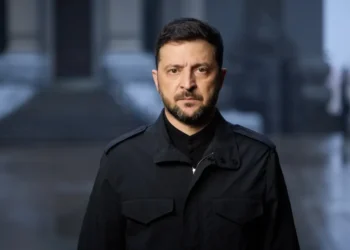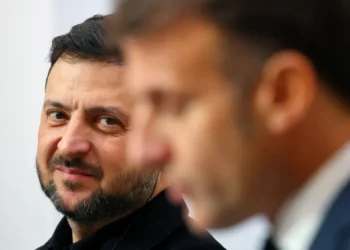Israel Strikes Southern Beirut Amid Rising Tensions with Hezbollah
In a significant escalation, Israel launched an airstrike on southern Beirut for the first time since the November 2024 ceasefire. The strike followed accusations from Israel that Hezbollah had fired two projectiles into its territory, an allegation Hezbollah has denied.
According to the Israel Defense Forces (IDF), the airstrike targeted a “terrorist infrastructure site used to store UAVs” by Hezbollah’s Aerial Unit (127) in Dahieh, a Hezbollah stronghold in Beirut. The IDF accused Hezbollah of embedding its military infrastructure within civilian areas, using Lebanese residents as human shields.
Prior to the airstrikes, the IDF issued evacuation orders to residents in a neighborhood in southern Beirut. “To everyone located in the building marked in red on the map, as well as the surrounding buildings: you are in close proximity to Hezbollah-affiliated facilities,” the IDF stated. “For your safety and the safety of your families, you must evacuate these buildings immediately and move at least 300 meters away.”
The Lebanese government responded by suspending classes in the affected area, directing students, teachers, and administrative staff to evacuate immediately.
Israel also conducted airstrikes on several locations in southern Lebanon, targeting what it described as “Hezbollah command centers, terrorist infrastructure sites, launchers, and terrorists.” One of these strikes hit Kfar Tebnit in Nabatiyeh, killing three people, including a woman, and injuring at least 18 others, among them six children and eight women, according to Lebanon’s Ministry of Health.
Israeli Prime Minister Benjamin Netanyahu and Defense Minister Israel Katz convened for a security assessment following the attacks. Katz warned that Beirut would be “treated the same” as Kiryat Shmona in northern Israel, where the alleged Hezbollah rocket attack occurred.
“If there is no peace in Kiryat Shmona and the Galilee communities, there will be no peace in Beirut either,” Katz stated.
Netanyahu reinforced Israel’s stance, declaring, “We will attack everywhere in Lebanon against any threat to the state of Israel and ensure that all our residents in the north return to their homes safely.”
The Lebanese army reported finding a rocket launch site and launched an investigation into the attack’s origins. It condemned Israel’s actions as a “blatant and repeated violation of Lebanon’s sovereignty” and a “flagrant breach of the ceasefire agreement.”
Hezbollah, in a statement on its Telegram channel, accused Israel of fabricating “pretexts for the continuation of its aggression against Lebanon.”
Lebanese President Joseph Aoun stated that his government had contacted U.S. officials regarding the ceasefire agreement. “There is a ceasefire in place, and both sides are expected to respect the agreement,” Aoun emphasized.
Tensions between Israel and Hezbollah have been rising in recent weeks, marking the most significant escalation since the November ceasefire that temporarily halted cross-border hostilities. Since then, Israel has conducted multiple strikes across southern Lebanon, citing Hezbollah targets.
On Thursday, the IDF struck several vehicles in southern Lebanon, claiming to target Hezbollah militants. Lebanese state media reported that at least six people were killed in those strikes.
The conflict stems from prolonged hostilities following the October 2023 Gaza war, during which Israel and Hezbollah engaged in cross-border attacks for over a year. In September 2024, Israel launched a large-scale military campaign against Hezbollah, killing over 2,500 people, according to the Lebanese Health Ministry.
While the November ceasefire significantly reduced hostilities, Israel continues to maintain a military presence in southern Lebanon, despite agreeing to withdraw under the ceasefire terms. The latest developments raise concerns about the fragility of the truce and the potential for a broader regional conflict.
This article was rewritten by JournosNews.com based on verified reporting from trusted sources. The content has been independently reviewed, fact-checked, and edited for accuracy, neutrality, tone, and global readability in accordance with Google News and AdSense standards.
All opinions, quotes, or statements from contributors, experts, or sourced organizations do not necessarily reflect the views of JournosNews.com. JournosNews.com maintains full editorial independence from any external funders, sponsors, or organizations.
Stay informed with JournosNews.com — your trusted source for verified global reporting and in-depth analysis. Follow us on Google News, BlueSky, and X for real-time updates.
